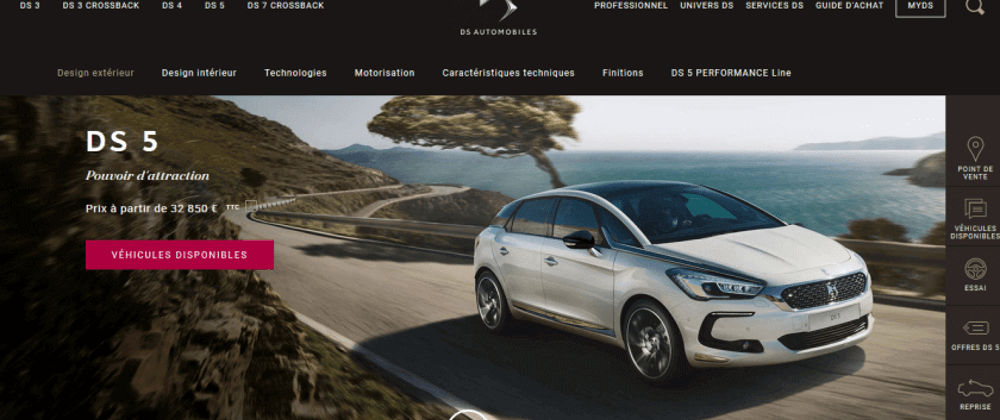Automotive design is at a crossroads. These days, it's not just smartphones that are smart. Our cars are getting smarter.
Self-driving cars are close to becoming a reality. Many mid-range hatchbacks have sensors, cameras and voice-activated commands. Send a text to your Bluetooth-connected smartphone. It will be read by your car. Do you need to stop in traffic on a hill in a manual vehicle? It won't roll back if you let your foot off of the brake. Do you want to embarrass yourself by stalling in the middle of an intersection? Intelligent cars will get you moving again quickly before anyone notices. It's not easy at first, but it will get easier.
Intelligent cars can tell you how you want your car to be configured and your partner how they like it. They also know that your preferences for temperature and seat configurations may differ from yours. It can tell where it is about other cars and the distance it travels in the world. It knows the location of the nearest gas station and whether you will make it there before you run low. It is aware of traffic jams and hold-ups along one route. It can tell you what your speed limit is and if you are exceeding it. It might even know which exit to use in order to capture a rare Pokemon!
Consumer expectations drive better automotive UI/UX.
How to handle all of this data is the challenge. How can we make the interface between machine and human optimal for today's iPad generation? They expect to touch, feel, and interact with a display when they see it. It should be beautiful. It will also be animated. This generation grew up with photorealistic CG in movies and games. The Analog is passé. This generation expects the interface of their car to reflect and strengthen the brand that they are buying into. The buttons and dials should match the interior of the car and not look like a generic set of controls that could have been in any other car over the past decade. Their car should seamlessly connect to the digital world and the world around it. When it's done well, they may form an emotional connection with the car, impacting their buying decisions.
Designing digital dashboards today is challenging.
This is the challenge automotive designers today face. An enjoyable UI/UX experience can make a difference in selling features such as handling, comfort, and fuel economy. However, it isn't easy to translate the vision of an artist to reality. All too often, quality is compromised. The timing is wrong, the transition is jerky, and the details are inconsistent with the brand's promises. It isn't easy to refine the design until it is perfected because the authoring environment is different from the final delivery.
What is the difference between the software that creates the experience and the software that displays it? The capacity of computers in cars is minimal. Graphic cards are about the same size as credit cards. They must be compact and robust because they are exposed to extreme temperatures and stresses such as temperature and movement. It is impossible to take a 3D package or a games engine and put it in a car. This is the problem with authoring and delivery. It's hard to understand.
The next generation in human-machine interfaces (HMI),
The Internet of Things (IoT) is overgrowing, and there will be an increasing demand for human-machine interfaces. Interactivity is possible anywhere there is a display. Your interaction with your refrigerator, thermostat, robot vacuum cleaner or automatic cat feeder will change. We believe that change is good.







Top comments (0)